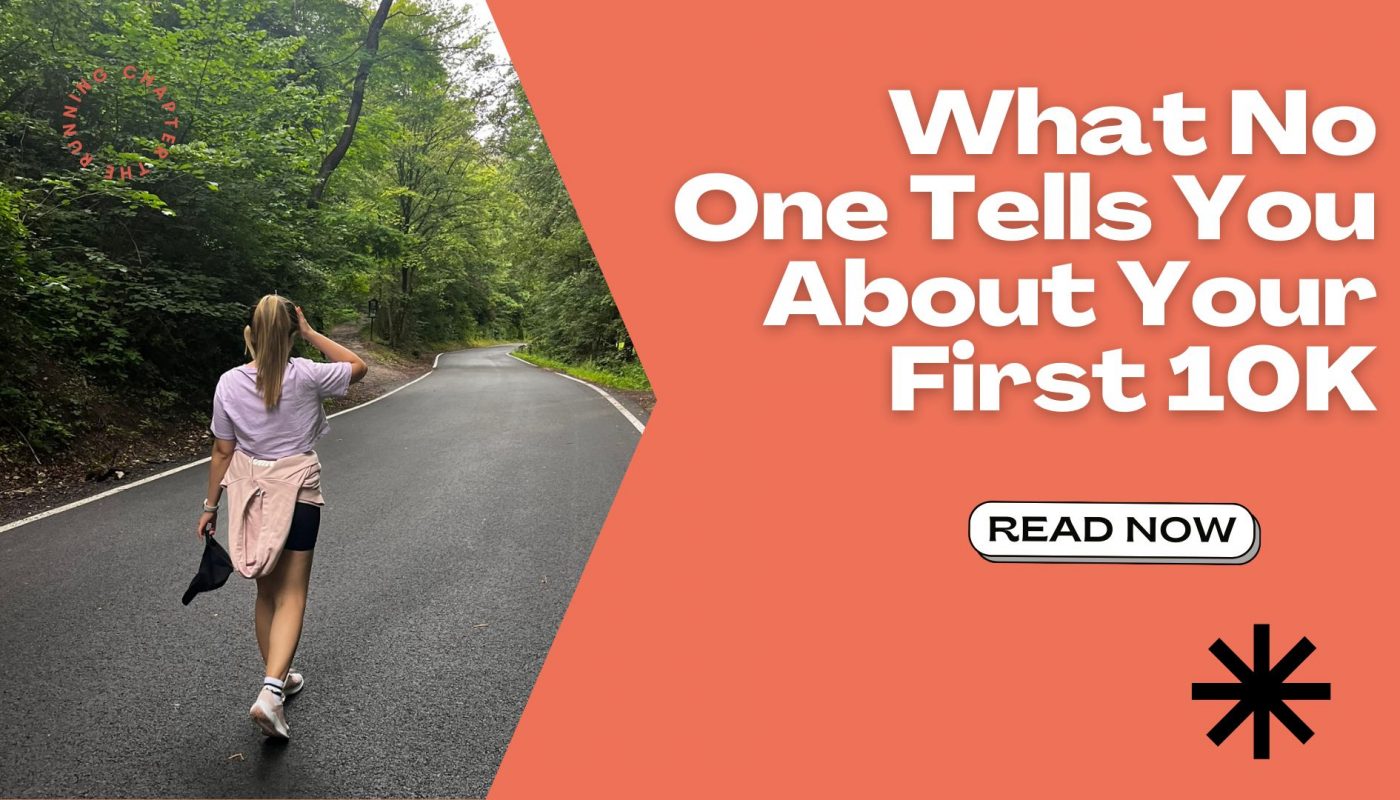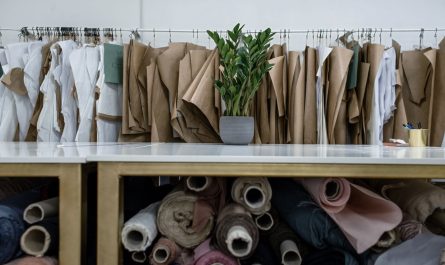After 10 weeks of training, I survived my first 10K.
Not everything was rainbows and runner’s highs, but it was worth every step.
So… what would I do differently next time? Here’s the honest, slightly sweaty truth.
Yes, a good playlist matters, making time for running is hard but doable, and yes mindset, both physical and mental is everything.
But here are three lessons I learned the hard way
🥖 Lesson 1: Fuel Like You’re Not Just Going for a Walk
There were days I ran after eating way too little, and I felt it.
When I wasn’t properly fueled, my energy dropped, my mood sank, and my body just said nope.
🧠 Science Insight: Fuel = Endurance
A 2023 study found that in long-distance races, nutrition intake during the run can significantly improve performance.
Specifically, each additional 100-calorie gel taken during a race allowed runners to run 0.5 to 0.7 km farther in the same time, with a 7.75% performance increase when taking five gels versus none.
This means your body is burning fuel, if you don’t have energy there is no pace.
Lesson learned: You need to feed the engine.
💧 Lesson 2: Water, Magnesium, and the Basics We Ignore
Sounds boring, but staying hydrated and taking my vitamins (especially magnesium) made a real difference.
When I forgot, my legs cramped, and recovery took longer.
Lesson learned: water is not optional. Neither is recovery.
🐢 Lesson 3: To Run Fast, You Have to Train Slow
This was one of the most surprising takeaways from my training plan.
Some days felt too slow, like I wasn’t pushing enough. But on race day, I saw the results: I didn’t burn out early, and I kept my pace steady.
Slower training builds aerobic endurance which is the foundation for running longer and stronger.
Lesson learned: Trust the process.
🩹 Updated Lesson 4: Running Hurts (In Weird Places)
Let’s be honest: running hurts, and I’m not talking about being tired.
At kilometer 6, my feet started bleeding. Yes, bleeding.
Turns out your shoes matter (a lot), purple toenails are no joke (but I kept mine!), and the burning sensation from clothes rubbing against your skin?
Let’s just say I now understand why running stores sell anti-chafing creams. They’re not upselling, they’re saving lives!
Lesson learned: Choose your shoes. Protect your skin. Respect the chafe.
🚀 What’s Next?
Now that I’ve crossed my 10K finish line, what’s next? A half marathon? Another 10K? Or… early retirement?
Honestly, I really like running now, but for now I will just do it for fun.
Maybe by the end of the year I’ll train for a faster 10K (we will see).
The most important lesson overall is that running in your 30s doesn’t have to be fast, flawless, or fancy. It just needs to be yours.
👉 Thinking about starting to run? Or already on your journey?
What’s one thing you’d do differently — or recommend to someone new? Drop it in the comments 🏃♀️💬
💬 Want more behind-the-scenes from the journey?
Follow me on Instagram @TheRunningChapter for real moments, playlist inspo, and new running updates.
👉Missed the last blogs? Find Them here:
- Fitness challenge, new hobby or midlife crisis?
- How to Make Time for Running?
- The Running Playlist: Does Music Actually Make You Faster?
- Running for the Mind and Body
- Is it Too Late to Start Running In Your 30s?
- Running Solo vs. In a Group: What Runners Really Think
- What Race Day Actually Felt Like



